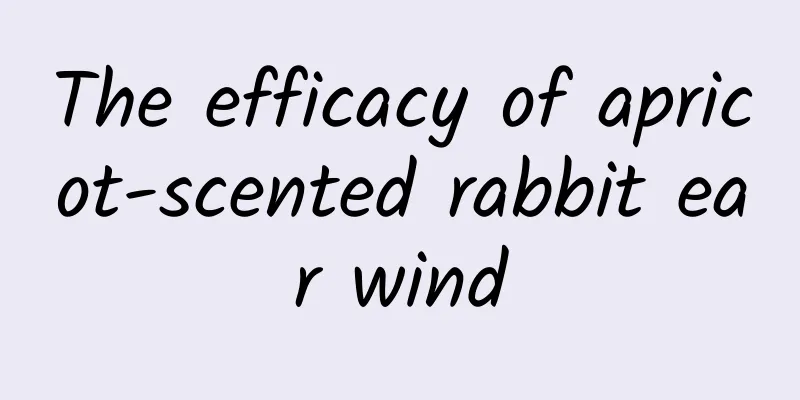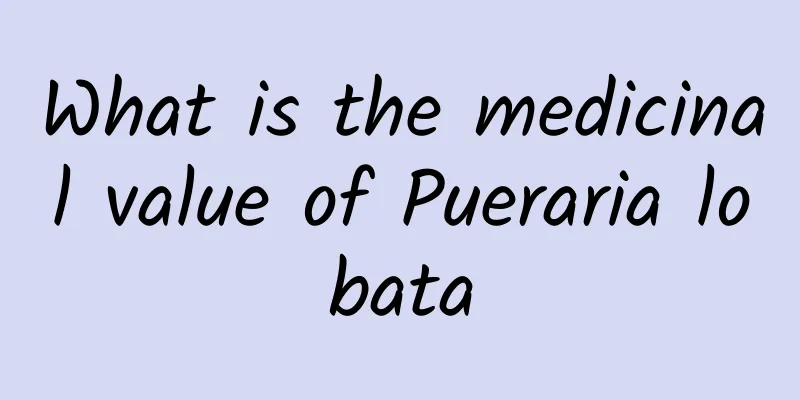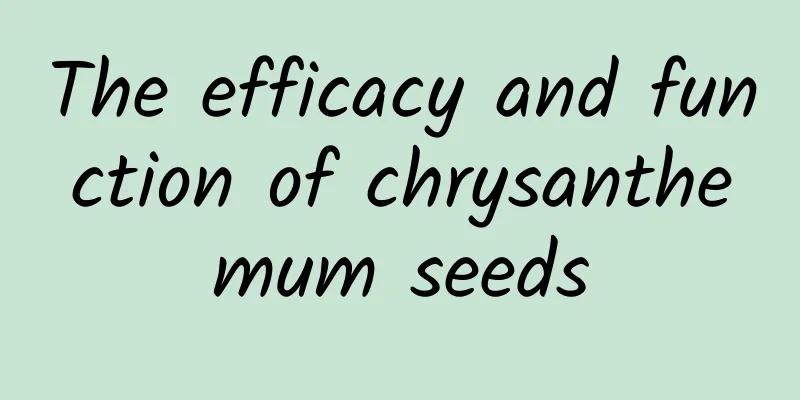The efficacy of apricot-scented rabbit ear wind

|
Xingxiang Rabbit Ear Wind is the name of a Chinese herbal medicine. Apricot-scented rabbit's ear fungus is a green plant of the genus Rabbit's Ear Fungus of the Asteraceae family. Wolf grass is used as medicine. Harvest in summer and autumn, wash, and use fresh or dry and keep. Apricot-scented rabbit ear wind is used to treat respiratory tract infections, lung abscesses, hemoptysis due to tuberculosis, jaundice, infantile malnutrition, indigestion, and mastitis; it can be applied externally to treat otitis media and centipede bites. Ainsliaea fragrans Champ. is a perennial woody plant of the Asteraceae family and the genus Ainslia. The rhizome is cylindrical, the stem is upright, single, unbranched, scape-shaped, up to 60 cm high, and covered with long soft dark brown hairs. The leaves are clustered at the tip of the stem. The leaves are thick and papery, ovate, narrow ovate or ovate-long ring-shaped, emerald green on the top, light green or sometimes more or less dark purple on the bottom, with slightly obvious reticular veins and large reticular veins; the leaf stems are wingless, and the capitula usually has flowers. The involucre is cylindrical, and the back of the involucre has longitudinal stripes, no hairs, the receptacle is narrow and uneven, the flowers are bisexual, milky white, and have a sweet almond scent when open. The caryopsis is slender, the lobes are linear, the achenes are rod-shaped cylindrical or nearly fusiform, chestnut brown, and bloom from November to December. It is spread across provinces such as Taiwan, Fujian, Zhejiang, Anhui, Jiangsu, Jiangxi, Hubei, Sichuan, Hunan, Guangdong, and Guangxi. It grows under shrubs on hillsides at an altitude of 30-850 meters or in grass beside roads and ditches. The whole herb of Xingxiang Tuerfeng has the effects of clearing away heat and detoxifying, removing toxins, promoting urination, and eliminating knots. It can be used to treat tuberculosis, vomiting blood, bruises, etc. Xingxiang Tuerfeng is a perennial plant with the entire rhizome and leaves used as medicine. The production period of medicinal materials begins in the second year of artificial seed planting. The first-year Xingxiang Tuerfeng seedlings are generally not suitable for collection as medicinal materials. If the artificial planting and management methods are good, they can be harvested in the second year, but it is best to harvest in large quantities in the third year. In this way, not only can medicinal materials be collected, but also 1.3 million seeds/667 square meters of perfect seeds can be collected for seedling preparation. The best harvest period for Chinese medicinal materials is from the best period of vegetative growth to before entering reproductive growth. After harvesting, they should be washed and dried in time to prevent rot and mildew. |
<<: How to eat fresh Panax notoginseng leaves
>>: There are 6 types of people who cannot eat Panax notoginseng powder
Recommend
What are the effects and functions of evening primrose?
Evening primrose is a medicine, so its medicinal ...
If China’s space station is so expensive, why does it still need to carry six iron balls weighing one ton?
When launching a rocket, all the load must be use...
The efficacy and function of hybrid sedum
Do you know what hybrid sedum is? If you know, do...
Can neck massage cause cerebral infarction? Doctors remind: These 5 types of people may not need their necks massaged
Arm pain, neck soreness... I'm sure you'v...
The efficacy and function of Duck Teng
Traditional Chinese medicine culture is profound ...
Popular Science Online | Immune cells can also become "exhausted", how can we make them "revive"?
Storing immune cells can prepare a powerful immun...
How outrageous are the cultural relics dug out from the ground? I was shocked by the tiger alone
How outrageous can the cultural relics dug out fr...
What are the benefits of drinking hemp seed tea?
Modern people are generally under a state of high...
The efficacy and function of orange flower
Tangerine flower is a kind of flower with hairy f...
They are the ones who understand God the most.
Everyone is the protagonist of life and the prota...
The efficacy and function of Torreya grandis
The environment is now seriously deteriorating an...
How to choose a children's electric toothbrush? At what age can children use it? An article will solve your confusion
How to choose a children's electric toothbrus...
Can I not wash my face when the weather is cold? The answer is unexpected
The weather is getting colder, and some people ma...
Do you take tens of thousands of steps every day? These "foot exercises" are really not suitable for you
Author: Tang Qin, Deputy Secretary-General and Re...
The efficacy and function of alligator meat
Alligator meat is a very familiar medicinal mater...









